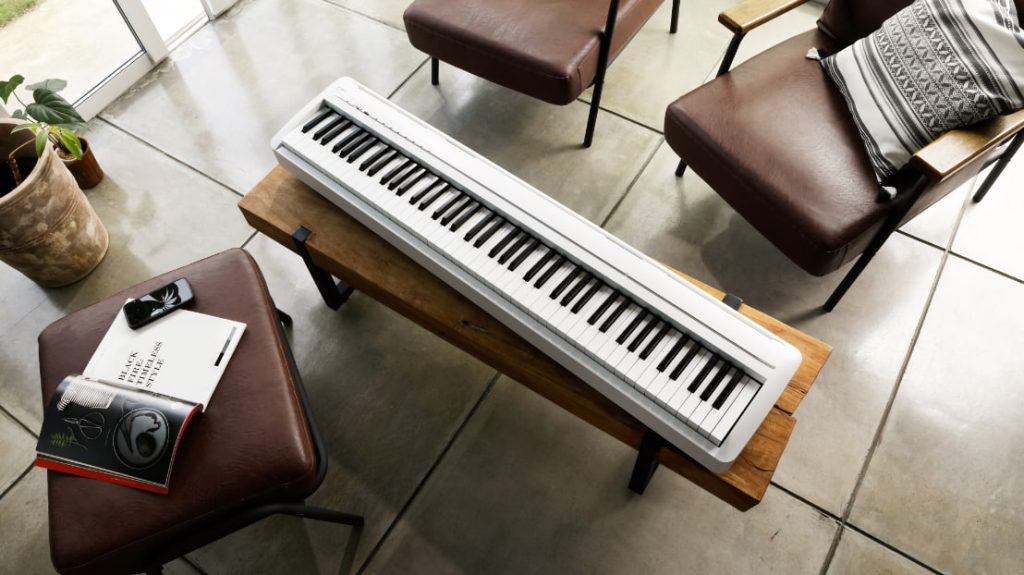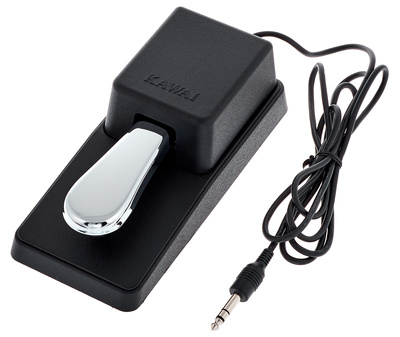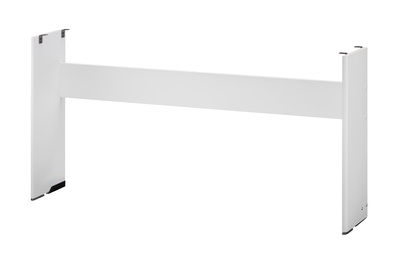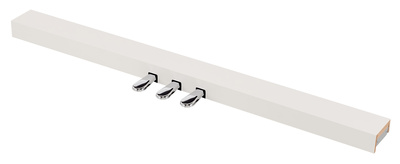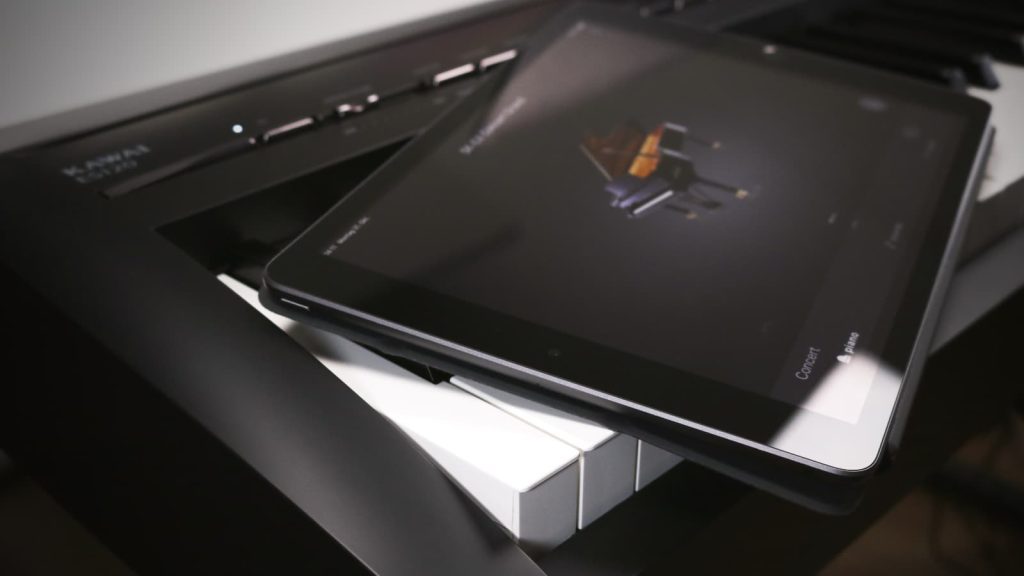Playing the Kawai ES-120
The acoustic piano sound of Kawai’s most compact model guarantees a joyful playing experience. The tone is expressive and resonates beautifully through the slightly textured keys, resulting in a pleasant tactile feel.
The speaker system delivers impressive volume for its size, although it doesn’t produce deep bass. More importantly, the piano sound remains clear even at higher volumes, making it well-suited for practice or jam sessions in the living room. During a small home concert, the speakers handle the sound without distortion or unwanted cabinet resonance.
However, the true depth of the sound comes through with headphones. Conveniently, the ES-120 features both a standard 6.3 mm and a mini 3.5 mm headphone jack. Additionally, you can customize the headphone output to match your headphone type—whether open, closed, or semi-open—for the best listening experience.
The control panel provides easy access to all essential functions, including sound selection, metronome, and recorder. For even more convenience, install Kawai’s free PianoRemote app on your Android or iOS device. A simple Bluetooth connection allows you to control all piano functions from your device—it couldn’t be easier!
Kawai Piano Sound
Many Kawai digital pianos, including the ES-120, beautifully capture the sound of the Shigeru Kawai EX Concert Grand. The 192-voice Harmonic Imaging sound engine reproduces this piano sound with a brilliant and warm quality—even though it’s the most compact sound engine variant of all Kawai instruments. Thanks to 88-key sampling, the piano sound is perfectly balanced across the entire range, resulting in a highly responsive and satisfying playing experience.
This piano sound also includes a range of expressive simulation details, such as String Resonance, Damper Resonance, and Damper Noise. You can even adjust each of these individually if you wish to explore subtle tonal variations. Although the ES-120 offers fewer customization options than Kawai’s larger CA models, it still retains a hallmark feature of Kawai digital pianos: An exceptional sound realism that enhances the entire playing experience.
Voicing the Piano Sound
The Voicing Type function lets you adjust the character of the acoustic piano sound to your preference, with four options on the ES-120: Normal, Dynamic, Mellow, and Bright. This flexibility allows you to tailor the sound to suit various musical styles. Selecting the Mellow setting, for example, results in a more subdued tone, ideal for neo-classical pieces.
You could further complement this softer sound by choosing the “Heavy” touch curve. This voicing feature highlights the flexibility and expressiveness that define the piano sounds of Kawai’s digital pianos.

